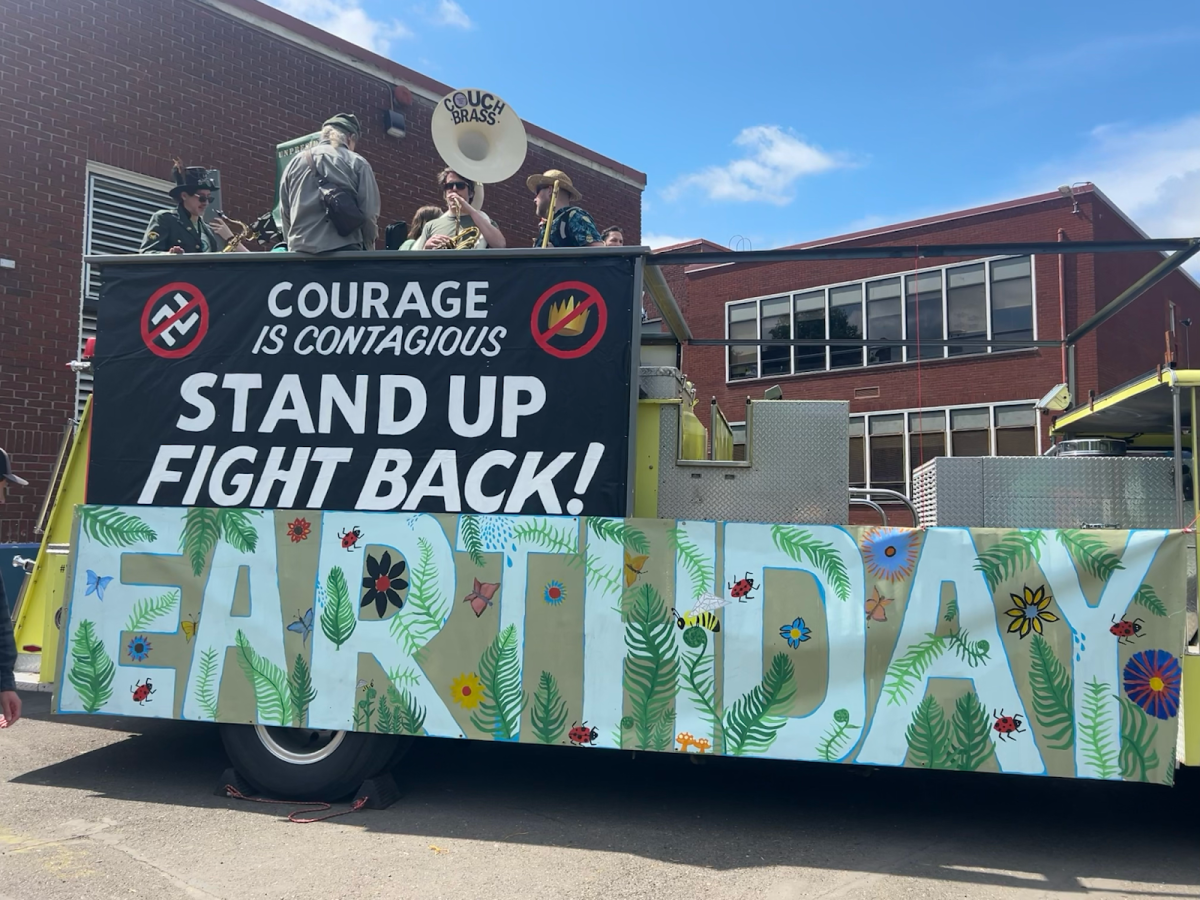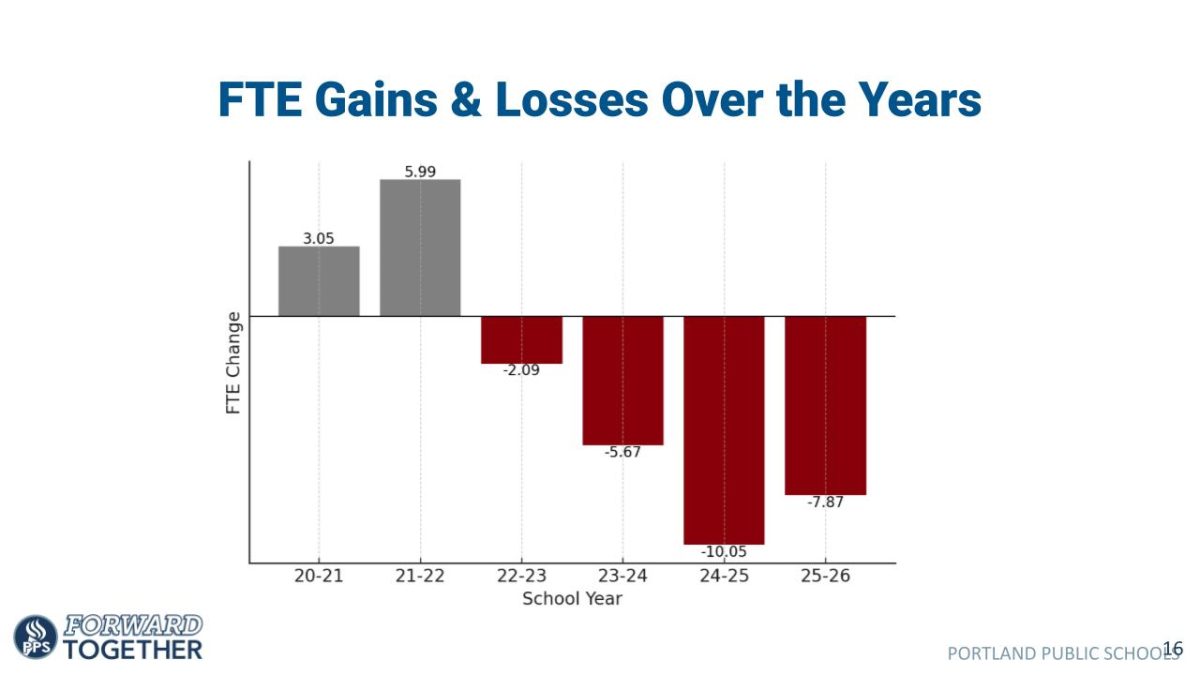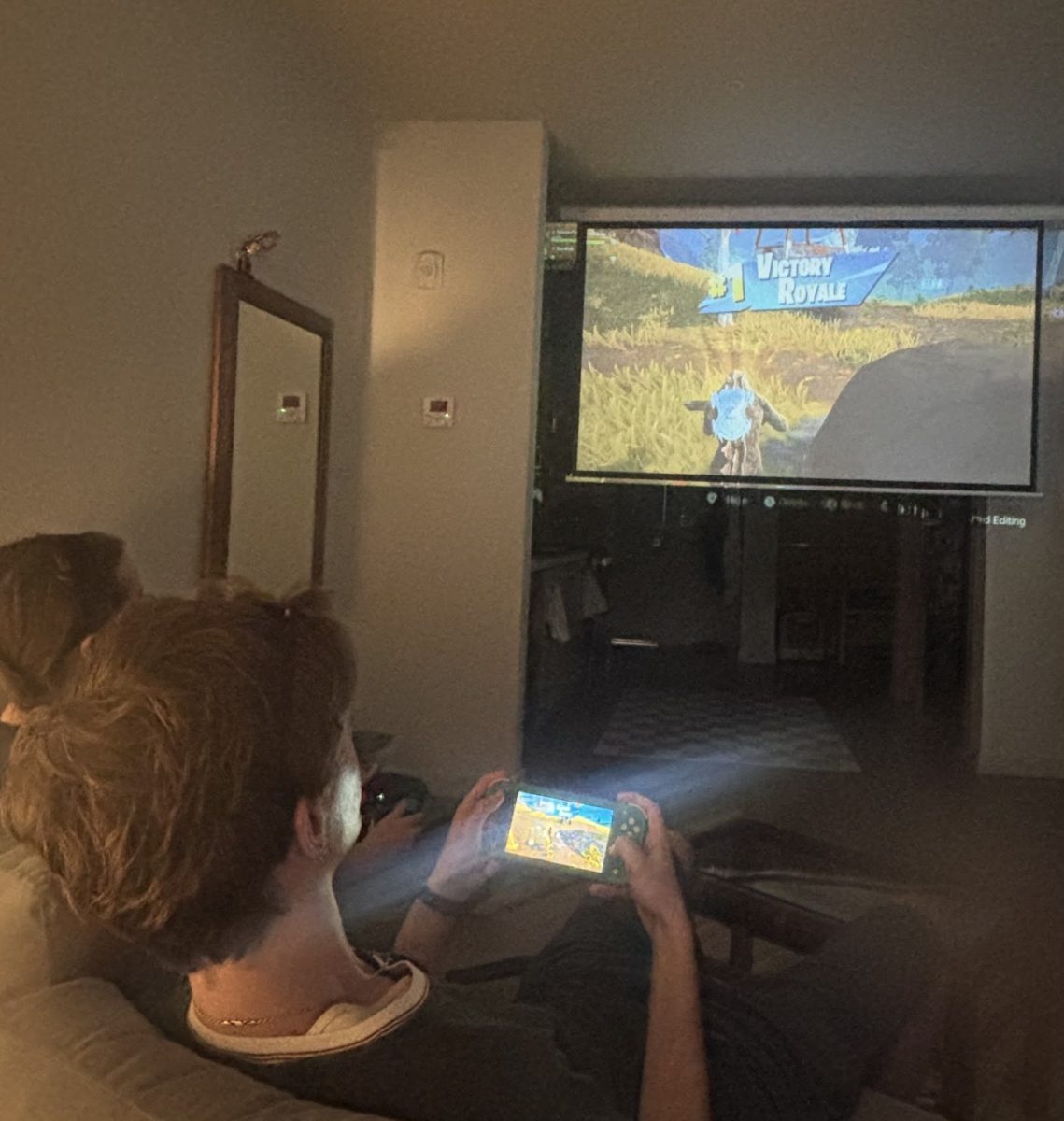
Clothing is one of the simplest ways we can express who we are. What we wear provides a snapshot of our interests, background, and values to all who see us. As fashion designer Orsola De Castro puts it, clothing serves as “our chosen skin.” But the way we as a society see our relationship with clothing has changed drastically over the past few decades. The introduction of fast fashion and the desire to stay on trend has led to an exponential increase in the amount of garments bought and discarded per year (four hundred percent to be exact). This culture of buying cheap clothes and only wearing them a few times can be seen everywhere. Well known YouTubers attract millions of viewers with their fashion “hauls.” Social media users stress over being pictured wearing the same outfit twice. Online fast fashion retailers like Shein and Zaful are the new go-to for stocking up on cheap summer swimwear. The convenience of it all is rewarding. However, our current relationship with fashion is causing irreparable damage to not only the environment, but the millions of people working in the garment industry.
To learn more about the inner workings of the fashion industry, I spoke to Elissa Rosen, who worked in the fashion industry for years before leaving her job to pursue a Master’s Degree in Sustainability Leadership. She explains her journey by saying, “I had a pretty cool role in the fashion/footwear industry for many years, working with design teams in many popular brands like Steve Madden and Chaco. Part of my role involved researching fashion and consumer trends, so I did a lot of international travel to get a global perspective on what’s happening in our world. More and more data was coming out about how environmentally damaging [the fashion industry] is, along with serious social and labor issues. I was seeing some of the manufacturing challenges first hand but then I had a major ‘a-ha’ moment when I watched the movie The True Cost that came out in 2015. It’s a documentary that lifted the veil on the fashion industry, showing its negative impacts on the environment and people. Since then, the horror stories piled on, from all ends of the industry, all across the globe. As time went on, I realized that my job was contributing to the problem by generating new ideas to sell more, new products all ultimately increasing consumption! It was becoming out of alignment with my shifting values. Last year, I finally decided to make a career change and pursue a path in Sustainability Leadership. It is one of the best decisions I ever made.”
The negative impacts Rosen refers to revolve around the environment and the major human rights abuses associated with the fashion industry. Making clothing is very resource-intensive. According to Sustain Your Style, seventy million trees are cut down each year to make clothes. Additionally, twenty three percent of all chemicals produced are used for fashion, and eighty five percent of the human-made debris found on beaches are microfibers. Not only does the act of making clothing place a burden on our ecosystem; throwing them away is equally harmful. The U.S. discards fourteen million tons of clothing in one year alone. These garments can take anywhere from forty to two hundred years to decompose, depending on the material they’re made out of.
Those who are responsible for making the world’s clothing supply put themselves at risk with little to no reward. The majority of garment makers around the world earn less than three dollars a day for their work, as reported by Forbes. Many of their working conditions are unsafe, and attempts at creating workers unions to ask for better facilities are frequently shut down. The worst example is the 2013 Dhaka garment factory collapse in Bangladesh. Over a thousand factory workers were killed and twenty five hundred were injured by a structural failure in a factory that supplied clothing to popular brands like Walmart and The Children’s Place. The event became the deadliest garment factory disaster in history, and came after several ignored reports from employees of cracks in the building’s structure. Unfortunately, these issues are not commonly brought to light in the Western world and many Americans are oblivious to exactly how impactful their shopping habits are.
Upon learning more about where most of the world’s clothing comes from, it may leave people feeling guilty and frustrated. But rethinking the way we look at our purchasing habits can make all the difference. There are several ways to make more conscientious decisions with clothing. It starts with reducing the amount of things you buy to begin with. When thinking sustainably, clothing can’t be something we see as discardable. Items should be bought if the buyer loves them, not with the intent that they’ll be worn once or twice. Another, and arguably the most effective way to shop sustainably, is thrifting. Thrifting reduces waste by using clothes that have already been used but are still in good enough condition to be worn again. By thrifting, you reduce the amount of clothes that need to be produced by fast fashion while also reducing the amount of clothing that ends up in landfills. Thrifting can also be done online through websites like Depop or Poshmark. Bella Oliver-Steinberg, a senior at Cleveland, uses Depop frequently to shop for clothes and comments it’s “a great place to find unique one of a kind pieces. I love finding clothes that aren’t being made or sold anymore! It feels good knowing what I am buying and selling isn’t harming the planet or supporting companies that are mass producing clothing.”
Even after clothing has been purchased, prolonging its use makes a big difference. Rosen recommends extending a garment’s lifespan by washing clothes in cold water. She also points out that investing in high quality items will pay off financially and environmentally in the long run, as they will last longer. If you’re someone who gets tired of outfits after a short period of time, swap with your friends or find a way to repurpose the garment.
No matter what you do, Rosen reminds readers that, “doing something is better than doing nothing. Every change, big or small, counts. Be curious about where goods are coming from and how they are made. This information is available at your fingertips and it often will surprise you. Share knowledge with your friends. Tell your story. If you don’t like [what] a company is doing, hit them up on social. Stay optimistic – awareness is spreading, movements are growing and new inventions to fight climate change are happening. And lastly, please be kind – to yourselves, to other people and to the planet.”

































Baby world • Aug 15, 2024 at 9:34 pm
Your story eloquently captures the profound shift in our relationship with clothing and the impact of fast fashion on both individuals and the planet. The way you connect Orsola De Castro’s notion of clothing as “our chosen skin” with the drastic changes brought about by fast fashion is both insightful and compelling. Your detailed account of the exponential increase in garment consumption and the role of social media influencers paints a vivid picture of the current fashion landscape.